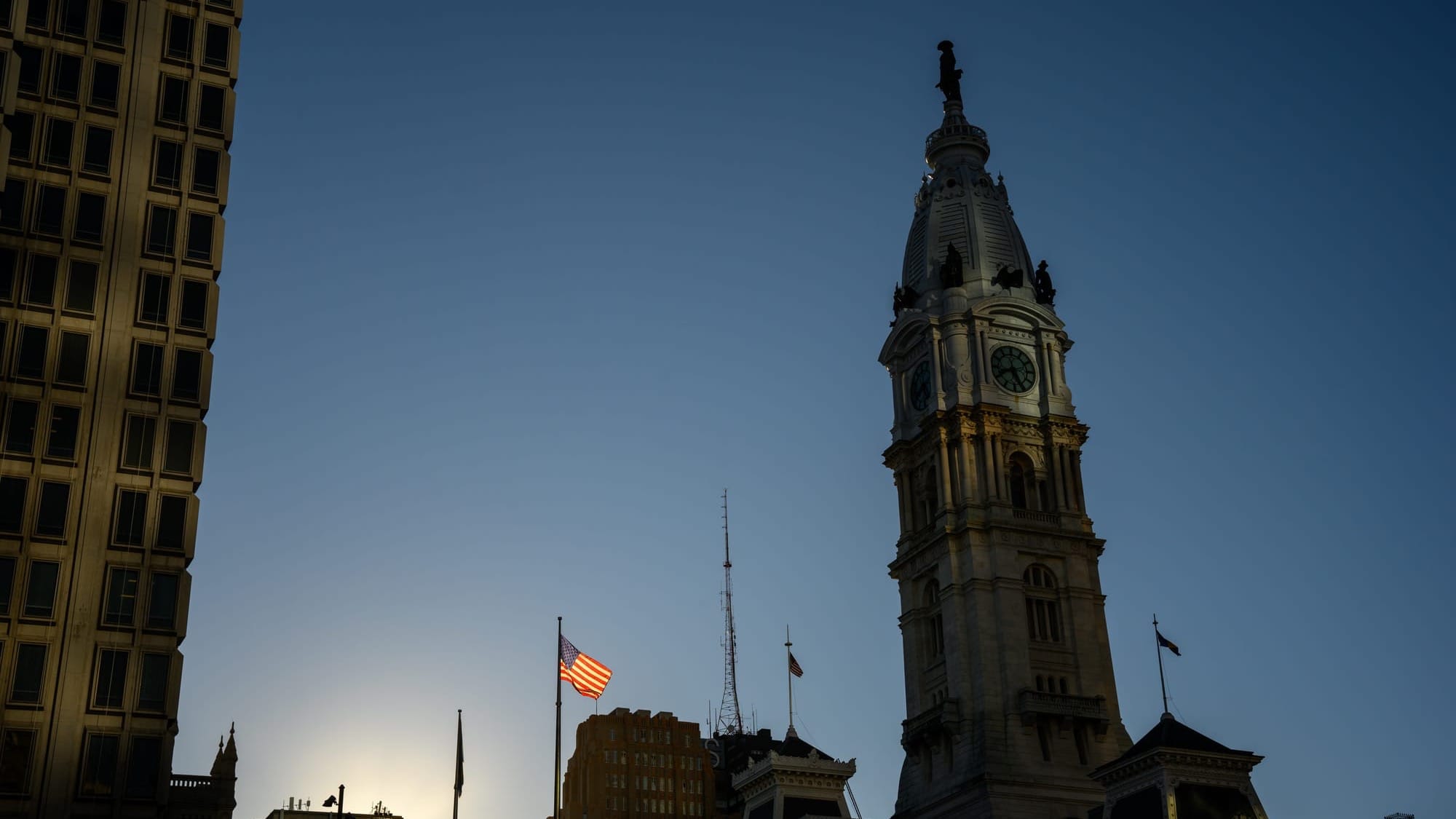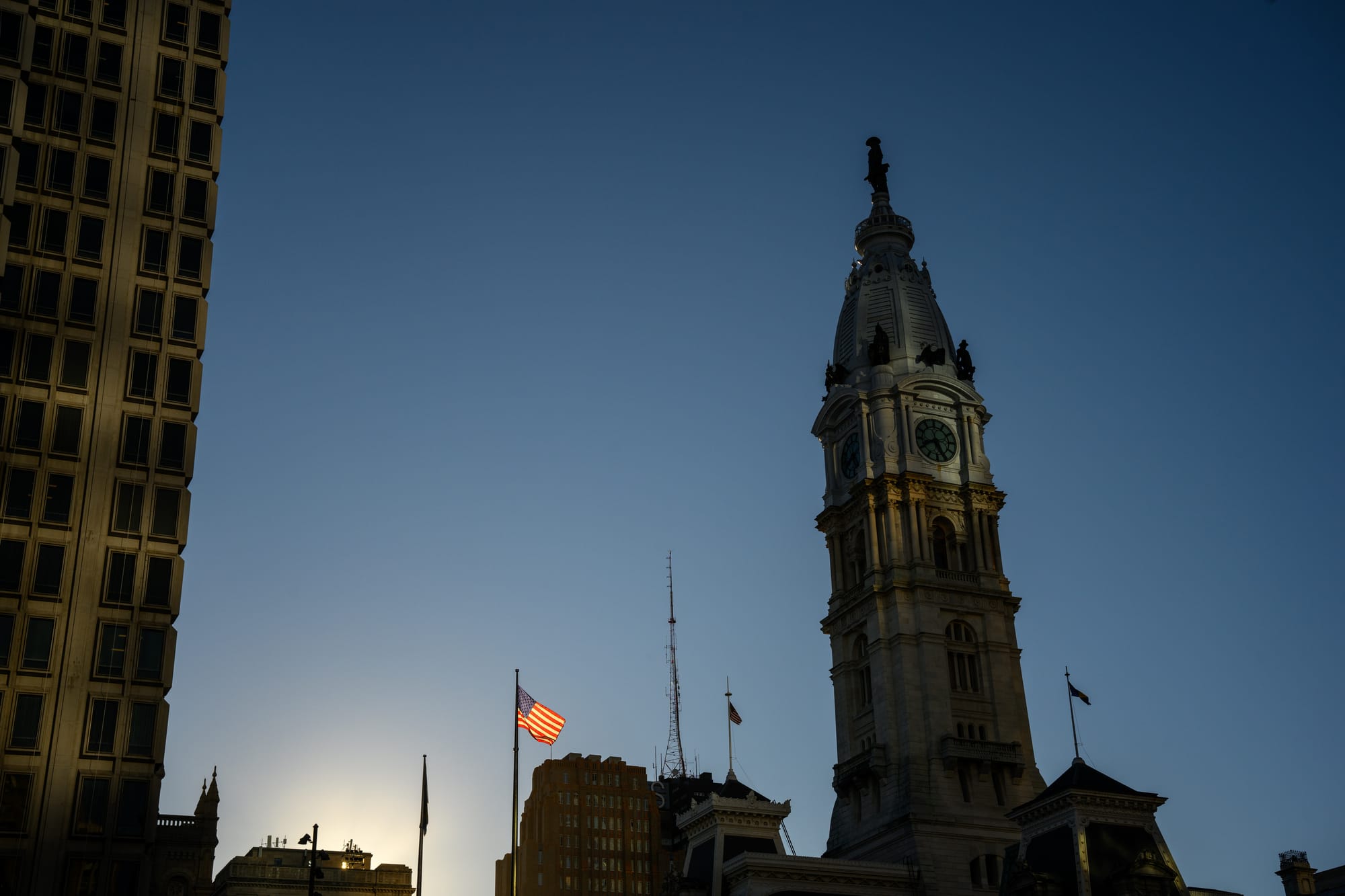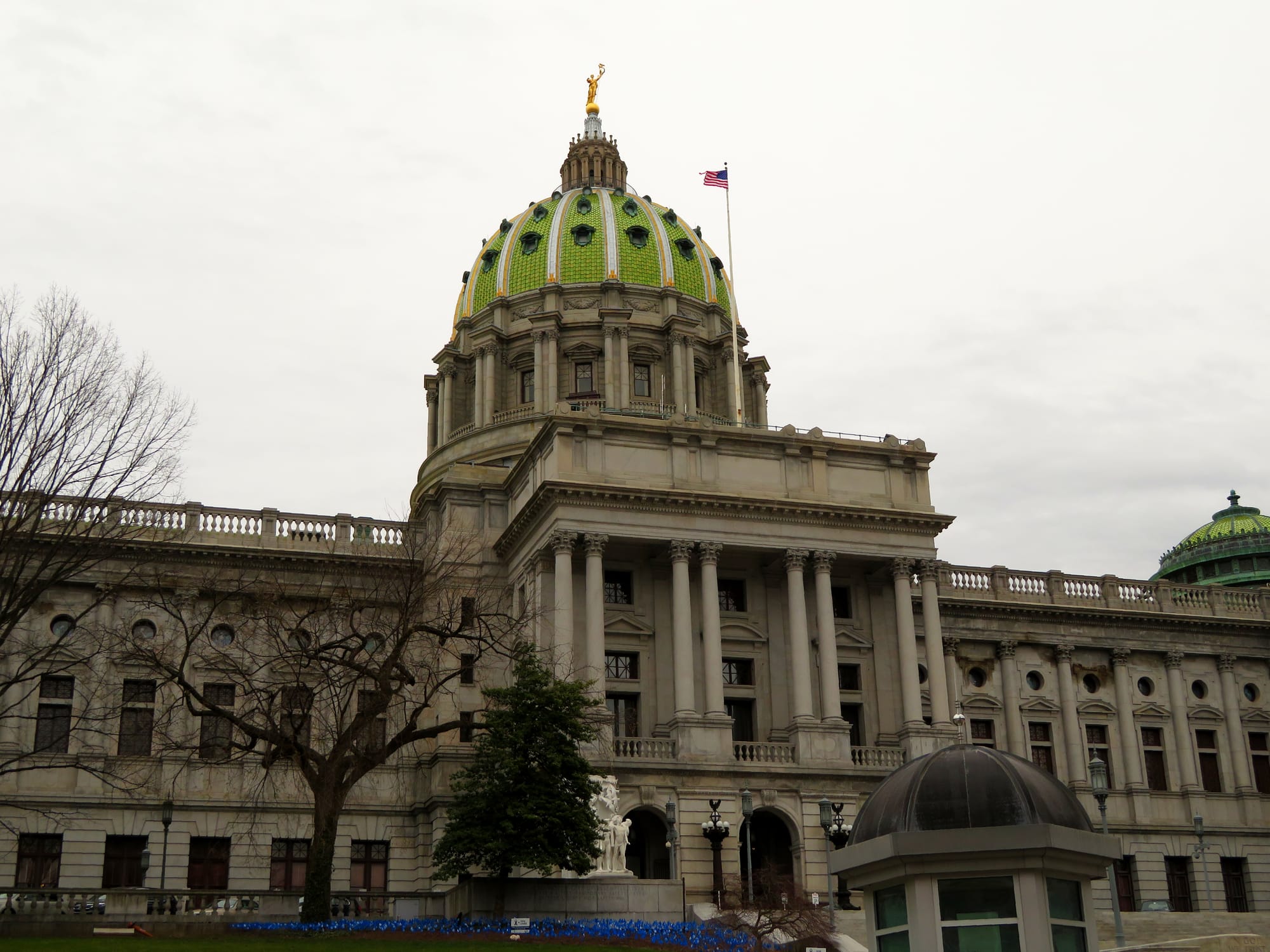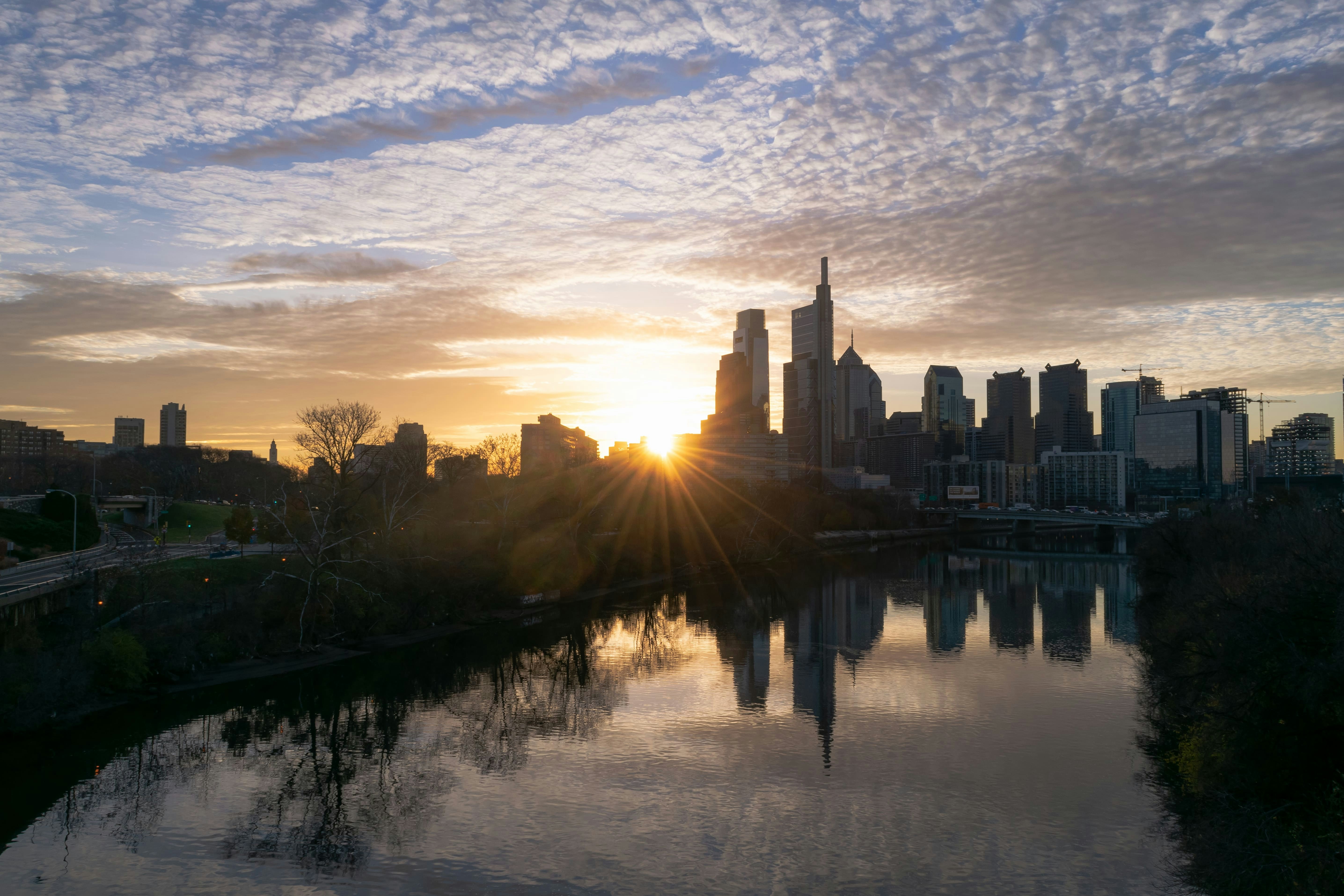The Strike Is Over, but Philly’s Inequality Problem Isn’t
When Philadelphia’s sanitation workers walked off the job at the beginning of July, their absence was impossible to ignore. Garbage piled high, spreading across sidewalks in the midsummer heat, becoming potent symbols of a city brought to a halt.
When Philadelphia’s sanitation workers walked off the job at the beginning of July, their absence was impossible to ignore. Garbage piled high, spreading across sidewalks in the midsummer heat, becoming potent symbols of a city brought to a halt. Each towering mound drew cameras, complaints, and headlines, serving as an undeniable signal of a system broken down.
But now, the strike is over. City services are slowly resuming. From the outside, Philadelphia appears to be back on its feet. Yet, beneath the surface, the strike has left behind a more enduring question—one that won't be resolved by the next trash pickup or library reopening: What does it mean when the most essential labor in a city is also the most invisible?
Thousands of city workers joined the strike, not just sanitation crews but airport custodians, water quality testers, clinic clerks, and morgue attendants. These roles often exist out of sight and out of mind. Their temporary absence didn’t fill the evening news or dominate neighborhood text chains. But their work, quiet, steady, and essential, anchors the city’s ability to function.
The strike exposed something that can’t be swept up and carted away: a deep inequality in how we value labor. Trash on the curb sparks public outrage. But what about the bodies that went unprocessed in the city morgue? What about the patients turned away at understaffed health clinics? What about the airport janitors whose work keeps public spaces safe and hygienic, even if no one ever thanks them for it?
Even within departments, the strike revealed stark divides. In the Water Department, field workers, many earning modest salaries, picketed, while managers worked 12-hour shifts to keep systems running, collecting overtime pay and managerial bonuses. The crisis didn't just spotlight the gaps between the public and the workers. It exposed fault lines within city government itself.
Now that the crisis has passed, the temptation is to move on. But doing so would miss the bigger lesson: Philadelphia runs on labor that most residents never see. And when those workers step back, the city doesn’t just slow down, it starts to come apart.
This is the real aftermath of the strike. Not just a return to regular service, but a rare and urgent opportunity to reckon with the hierarchy of visibility that defines modern urban labor. If the city only listens when there’s garbage in the streets, then it is failing to recognize the broader, quieter crises happening every day regarding labor and affordability in Philadelphia.
City leaders have a responsibility to carry the lessons of the strike into future budget negotiations and workforce planning. We cannot keep only giving labor lip service once a negotiation crisis happens. That means not only fair wages, but structural recognition, through staffing levels, benefits, and workplace protections, that acknowledges all forms of essential labor, whether or not they appear on the evening news.
Residents, too, must rethink how we define disruption. A broken trash schedule is frustrating. But so is a public health department stretched too thin. So is a morgue overwhelmed and under-resourced. If we only notice the systems we can smell, we’re not seeing the full picture of how a city works, or how it falls apart.
The strike may be over. But the underlying issues it revealed—about inequality, invisibility, and civic priority—are still with us. Philadelphia has a chance to do more than catch up. It can look deeper. It can learn to see the workers it’s long overlooked. It can decide not just how to respond to the next crisis, but how to prevent one by valuing every part of the system that quietly, faithfully keeps the city alive.





